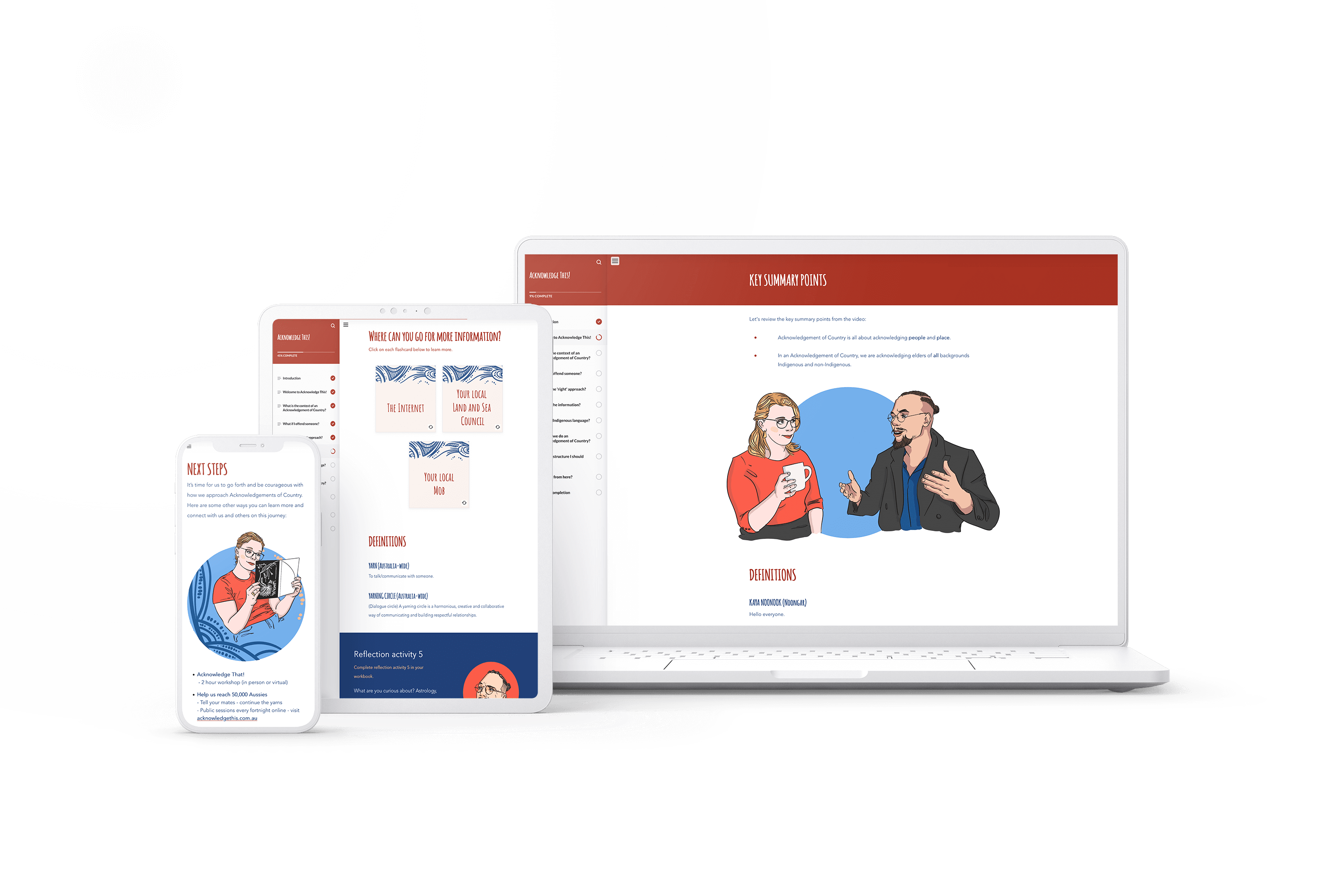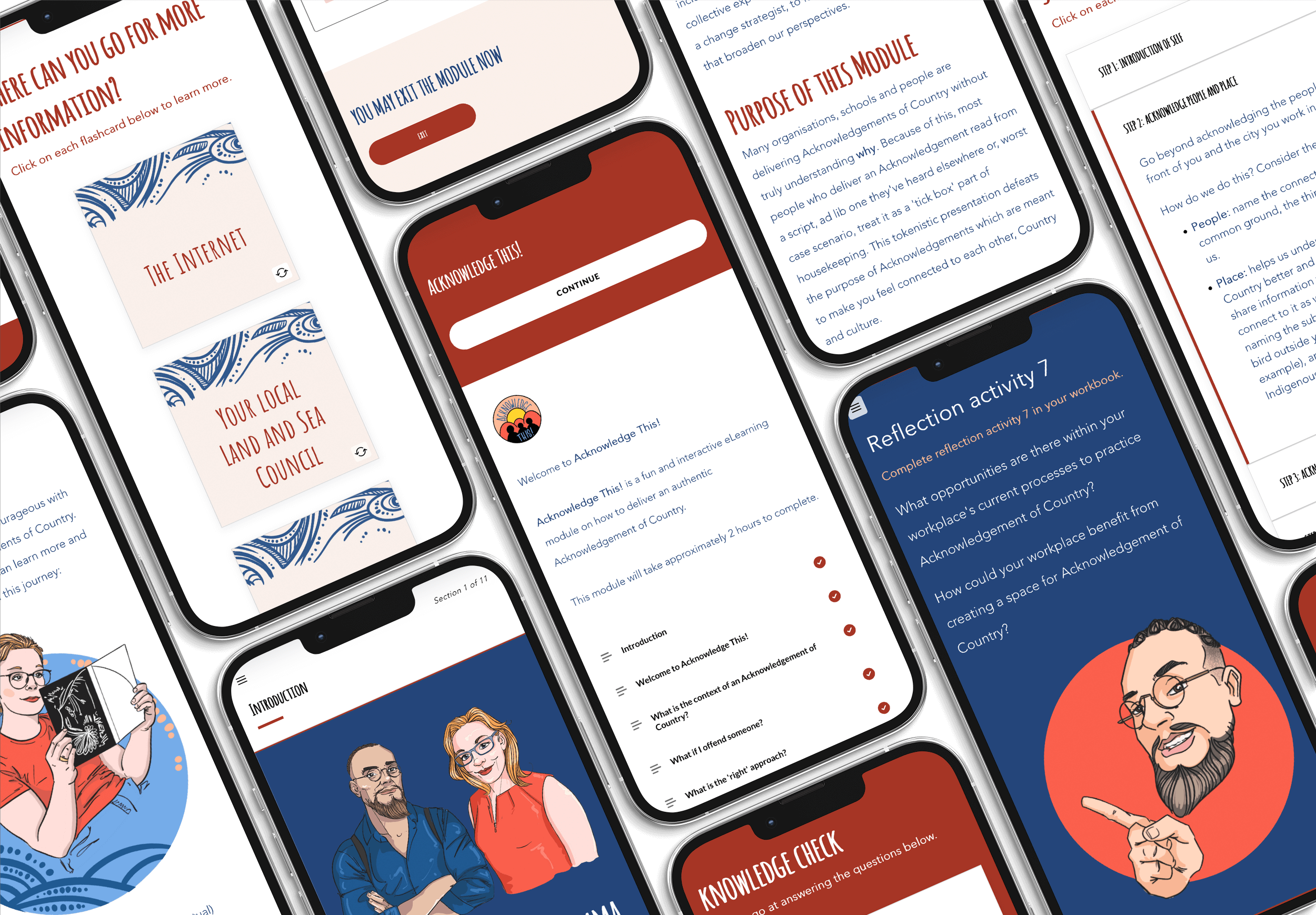Articulate 360: Rise vs Storyline
Rise 360 and Storyline 360 – what’s the difference? Which authoring tool is most suitable for your needs? Let’s compare the two so you can select the best tool for each job!
But first, what is an authoring tool?
What is an authoring tool?
An eLearning authoring tool is a software that can be used to produce digital learning programs. There is a vast array of eLearning authoring tools out there – and they range in complexity, visual appearance, features and functionality.
Articulate 360 offers two eLearning authoring tools: Rise 360 and Storyline 360.
Customisation
The biggest difference between Rise and Storyline is the ability to customise a learning experience.
Rise consists of pre-built blocks that allow you to add content, multimedia and activities quickly and easily, however it offers limited customisation of these blocks.
Storyline is like Microsoft PowerPoint – it provides blank slides for you to build on. This offers much greater flexibility in look/feel and navigation. It also offers a broader range of activities and other elements (e.g. question types, surveys) to choose from.
Although Storyline offers additional activities and features, Storyline blocks can also be added to a Rise course. For example, Rise does not offer a ‘hot spot’ interactivity, but this can be created in Storyline and added to a Rise program.
Responsivity
Rise is responsive to mobile, tablets and desktops. This means that it will adapt its layout to suit the screen.
Storyline can be accessed on mobile, tablets and desktops, however it does not rearrange the onscreen elements to suit the device; it will always display as a rectangular slide.

Navigation
Rise is intuitive to navigate. Like webpages, learners scroll down to access content. The menu bar on the left allows learners to skip forwards and backwards to different sections.
Storyline is slide-based, meaning learners typically use arrows or buttons to move to the next slide or back to the previous. As Storyline has much greater customisation options, buttons can be created to skip to specific sections or personalise the experience based on learner choices.
Development time
Rise includes many pre-built blocks to pick and choose from. This means eLearning can be created quite rapidly using Rise.
Storyline projects begin with a blank slide – so creating the look and feel, buttons and other elements takes time. Its flexibility means it can be more time-consuming to develop eLearning than in Rise.
Accessibility
Rise can be accessible, however Instructional Designers must understand which elements to use, which to avoid and those that need tweaking in order to be fully accessible. For example, multiple choice questions are accessible, drag-and-drop interactions are not, and “alt” tags must be added to images in order for them to be accessible.
Storyline is also accessible; however, the Instructional Designer must place the tabs in the correct order. This can be time-consuming, especially when you need to add an element to the start of every slide (for example, a ‘help’ button).
Accessing the authoring tool
Rise is web-based, so it can be accessed online using various devices – you simply need to log in.
Storyline is computer-based, meaning that the software must be downloaded on a Windows computer (not IOS) and stored on one computer. This can be challenging if you tend to use multiple devices, or switch from a desktop to laptop frequently.
Final thoughts
At DLD, we generally find it’s best to draw on the strengths of each authoring tool to create engaging, interactive and user-friendly experiences for learners.
Rise is our go-to, based on its responsiveness to various devices and efficiency in eLearning production – making it cheaper than Storyline. When Rise doesn’t cut the mustard for certain complex interactive elements, we add in Storyline blocks to bring these concepts to life.
Relevant articles:
- Blended Learning
- How To Sell eLearning Courses
- Do You Want to Create an Online Course or eLearning?
- How much does it cost to create eLearning
- eLearning: Dos and Don’ts


